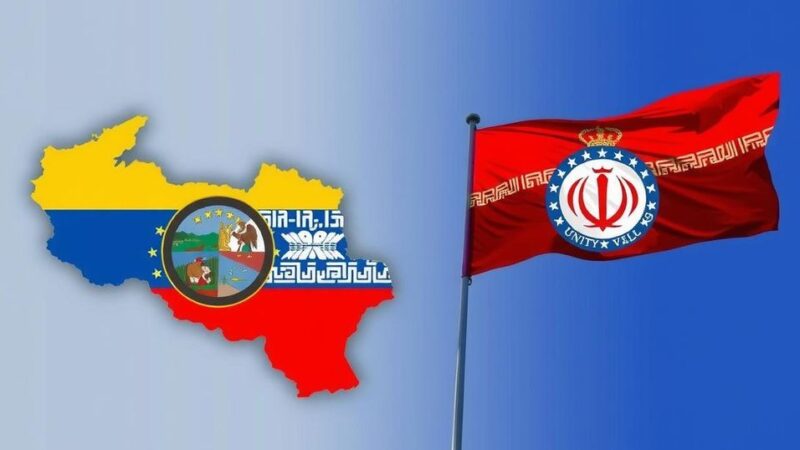The rivalry between Saudi Arabia and Iran has shifted from ethnic and sectarian origins to a fundamental ideological clash, centered around Saudi Arabia’s Vision 2030 and Iran’s Vision 1979. This confrontation influences regional conflicts and shapes internal policies, with profound implications for global politics.
The geopolitical landscape of the Middle East is marked by numerous conflicts, but none may have as profound an impact on the global political order as the ongoing rivalry between Saudi Arabia and Iran. Traditionally perceived through the lens of ethnic and sectarian divides—between the Sunni Arab population of Saudi Arabia and the Shiite Persian majority in Iran—this rivalry has evolved into a stark ideological battle. Currently, the contention revolves around two distinct strategic visions: Saudi Arabia’s Vision 2030, which seeks economic diversification and modernization, and Iran’s Vision 1979, rooted in the principles of the Iranian Revolution and a commitment to defending its revolutionary ideals. These conflicting aspirations dictate not only foreign policy and military engagement but also internal governance and social frameworks within their respective nations. The implications of this rivalry extend beyond their borders, influencing alliances and conflicts across the region and shaping the future of global politics.
The historical context of Saudi Arabia and Iran’s enmity can be traced to the aftermath of the 1979 Iranian Revolution, which established the Islamic Republic and challenged the status quo in the region. Since then, both nations have vied for regional dominance, often supporting opposing sides in various conflicts, including those in Yemen, Syria, and Iraq. The rise of sectarian tensions has further fueled this struggle, as each state positions itself as the leader of its respective sectarian grouping. Moreover, the divergence in their strategic visions reflects differing approaches to governance and socio-economic development, fundamentally affecting their interactions on the world stage.
In summary, the rivalry between Saudi Arabia and Iran is not merely a continuation of historical sectarian struggles but has transformed into a significant ideological confrontation. By adhering to divergent national visions, each nation aims to assert its influence and reshape regional dynamics. The resulting conflicts and alliances driven by this rivalry will likely have lasting implications for the Middle East and the wider international community as they continue to unfold.
Original Source: www.foreignaffairs.com






